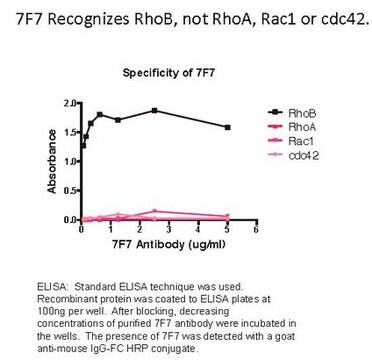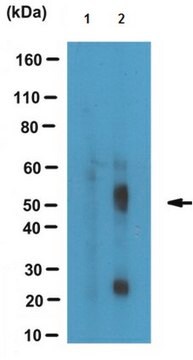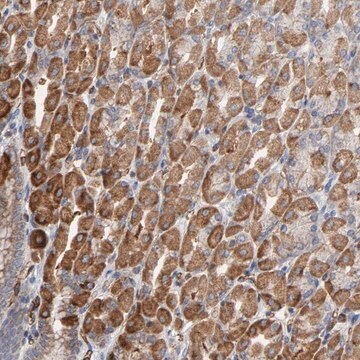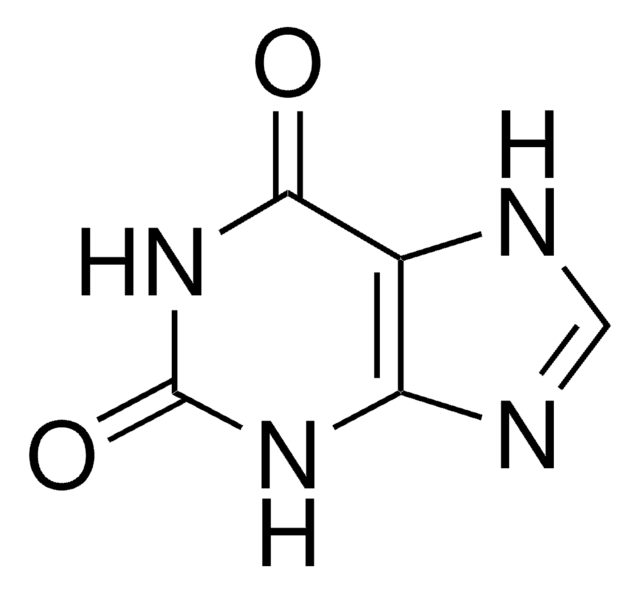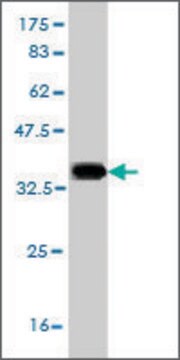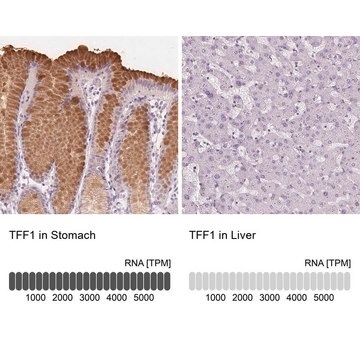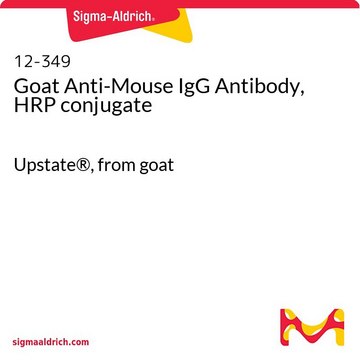MABN679
Anti-BHMT Antibody, clone 8C11H5
ascites fluid, clone 8C11H5, from mouse
Synonim(y):
Betaine--homocysteine S-methyltransferase 1
About This Item
WB
western blot: suitable
Polecane produkty
pochodzenie biologiczne
mouse
Poziom jakości
forma przeciwciała
ascites fluid
rodzaj przeciwciała
primary antibodies
klon
8C11H5, monoclonal
reaktywność gatunkowa
human
metody
immunohistochemistry: suitable
western blot: suitable
izotyp
IgG1
numer dostępu NCBI
numer dostępu UniProt
Warunki transportu
wet ice
docelowa modyfikacja potranslacyjna
unmodified
informacje o genach
human ... BHMT(635)
Opis ogólny
Betaine--homocysteine S-methyltransferase 1, or betaine-homocysteine methyltransferase (BHMT) is the enzyme that is responsible for the metabolic elimination of betaine and homocysteine via their conversion to dimethylglycine and methionine. As such BHMT is one of a handful of key enzymes keenly responsible for betaine levels. BHMT is expressed at high levels in the human liver and kidney, localizing in the ER and cytoplasmic regions. BHMT expression is largely regulated at the level of the gene. BHMT activity becomes essential when folate-dependent remethylation is impaired because of nutritional deficiencies as it then provides the source for methionine. Deficiencies in BHMT can lead a variety of disorders ranging from vascular disease to neural tube birth defects such as spina bifida, fatty liver disease and cirrhosis all which can be linked to betaine metabolism disorders. EMD-Millipore’s Anti-BHMT mouse monoclonal antibody, clone 635, has been tested in western blots using recombinantly expressed BHMT cDNA and by immunohistochemistry on paraffin embedded human liver tissue samples.
Immunogen
Zastosowanie
Neuroscience
Developmental Neuroscience
Jakość
Western Blotting Analysis: A 1:500 dilution of this antibody detected BHMT in 10 µg of HepG2 cell lysate.
Opis wartości docelowych
Powiązanie
Postać fizyczna
Przechowywanie i stabilność
Handling Recommendations: Upon receipt and prior to removing the cap, centrifuge the vial and gently mix the solution. Aliquot into microcentrifuge tubes and store at -20°C. Avoid repeated freeze/thaw cycles, which may damage IgG and affect product performance.
Komentarz do analizy
HepG2 cell lysate
Oświadczenie o zrzeczeniu się odpowiedzialności
Nie możesz znaleźć właściwego produktu?
Wypróbuj nasz Narzędzie selektora produktów.
Kod klasy składowania
12 - Non Combustible Liquids
Klasa zagrożenia wodnego (WGK)
nwg
Temperatura zapłonu (°F)
Not applicable
Temperatura zapłonu (°C)
Not applicable
Certyfikaty analizy (CoA)
Poszukaj Certyfikaty analizy (CoA), wpisując numer partii/serii produktów. Numery serii i partii można znaleźć na etykiecie produktu po słowach „seria” lub „partia”.
Masz już ten produkt?
Dokumenty związane z niedawno zakupionymi produktami zostały zamieszczone w Bibliotece dokumentów.
Nasz zespół naukowców ma doświadczenie we wszystkich obszarach badań, w tym w naukach przyrodniczych, materiałoznawstwie, syntezie chemicznej, chromatografii, analityce i wielu innych dziedzinach.
Skontaktuj się z zespołem ds. pomocy technicznej